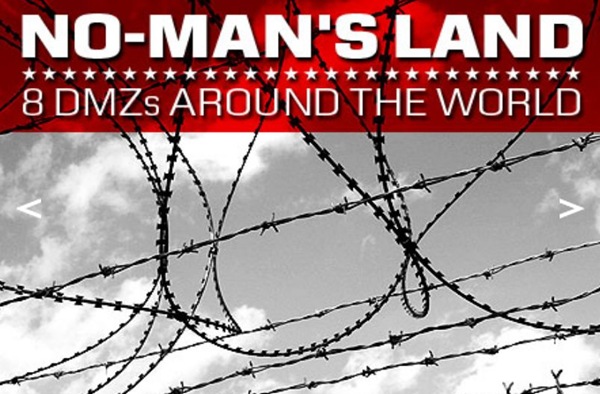
When humans abandon an area because of an international treaty, what becomes of the land?
1. The Green Line, Cyprus
Photo: Dickelbers at nl.wikimedia
Where: Running east-west across the island of Cyprus, roughly dividing it into northern and southern halves.
Size: 112 miles long, up to 4.6 miles wide.
Why It Exists: The island of Cyprus has a mixed population of ethnic Greeks and Turks. When the government was toppled in 1974 by a pro-Greek coup, there were fears that the new government would seek unification with Greece, against the wishes of Turkish Cypriots. The Turks invaded and the island was effectively split in two, with Turkish Cypriots in the north and Greek Cypriots in the south, separated by a U.N. buffer zone.
What It's Like Now: While there are some 10,000 people living in the zone, much of it is deserted and has been reclaimed by nature. An estimated 300 mouflon (a kind of wild sheep with curved horns) roam freely in the only place on the island where hunters cannot touch them. The Green Line, then, is a good example of what scientists call an "involuntary park" - a place that humans abandoned or where the human population diminished for other reasons, such as to create a DMZ, leaving a void where flora and fauna could thrive without human interference.
2. Iraq–Kuwait Border
Where: The boundary between Iraq and Kuwait.
Size: 120 miles long, 1 km (1100 yards) wide.
Why It Exists: Saddam Hussein did not invent the dispute between Iraq and Kuwait, which has deep historical roots. Some Iraqis believe that Kuwait belongs to Iraq, and neither the 1991 Persian Gulf War nor the 2003 Iraq War settled the question. It was only in 2010 that the Iraqi government officially agreed to recognize the border. The area within 500 meters of the border on either side has been cleared to create a DMZ.
What It's Like Now: Although the land is dry, there were many farms along the border and Iraqi farmers are trying to get compensation from the government for lost harvest and water wells. Earlier this year Kuwait requested that the U.N. repair some of the border markers, but the Iraqis have objected that the new border will cut through more of their farms. In 2011 Iraqi Shiite militia threatened to attack Kuwait’s new Mubarak port, which they say threatens Iraq’s access to the sea, and rockets were fired in the border area.
3. The Korean DMZ
Photo: Kristoferb at en.wikipedia
Where: Cuts across the Korean peninsula, east to west, dividing North Korea from South Korea.
Size: 160 miles long, about 2.5 miles wide.
Why It Exists: After WWII, Korea was divided into two states, a communist North supported by China and Russia, and a capitalist South supported by the U.S. Both sides wanted reunification on their own terms, and after a series of incidents, North Korea invaded the South in 1950. The subsequent war resulted in some 3 million dead, including more than 36,000 Americans. By 1953 neither side had gained a decisive advantage and an armistice was signed.
What It's Like Now: Although it’s covered in land mines and listening posts, the DMZ is also an important wildlife sanctuary covering many different types of terrain. Ecologists have identified more than 2000 plant species, 300 types of birds (including the rare red-crowned crane), and 70 types of mammal, including the Asiatic black bear, the endangered Amur leopard, and possibly the Korean tiger, which is extinct in South Korea.
4. Golan Border
Photo: Escla at de.wikipedia
Where: The border between Israel and Syria.
Size: About 50 miles long, a maximum of 6 miles wide.
Why It Exists: In 1973, Syria and Egypt attacked Israel in what was to become known as the Yom Kippur War. After the war, continued instability led to a U.S.-led initiative for a buffer zone to keep Syrian and Israeli forces apart. The United Nations Disengagement Observer Force continues to police the area and remove land mines.
What It's Like Now: The hilly terrain of the border includes Mount Hermon. There are several towns and villages in the border zone, which are under the control of the Syrian authorities. There are also ruins of the former regional capital Quneitra, destroyed in the conflict and maintained as a kind of memorial by the Syrians, who refuse to rebuild it.
[More information: United Nations Disengagement Observer Force (UNDOF)]
5. Saudi–Iraq Neutral Zone
Size: Some 2700 square miles.
Why It Existed: Disagreement between Saudi Arabia and British-controlled Iraq in the 1920s led to the creation of a neutral zone in the disputed territory. Not only was it demilitarized, but no permanent buildings were permitted and it was occupied only by nomadic desert tribes. Later, though, oil was discovered.
What It's Like Now: In 1991 the agreement that created the zone was cancelled. The new border between the two countries now runs roughly through the middle of the old Neutral Zone.
6. Vietnamese DMZ
Where: Dividing North and South Vietnam close to the 17th parallel.
Size: More than 60 miles long and 6 miles wide.
Why It Existed: The DMZ was created in 1954 after the First Indochina War, which established Communist North Vietnam and U.S.-backed South Vietnam. It ceased to exist in 1976 after the country was forcibly reunited under North Vietnamese leadership.
What It's Like Now: Tours take visitors to the sights of the former DMZ, including the Ho Chi Minh Trail, the Vinh Moc tunnels, and the original bridge crossing Ben Hai River, which suffered frequent bombing.
7. Antarctica
Photo: Samuel Blanc / www.sblanc.com
Where: The continental landmass including the South Pole.
Size: A total of about 5.4 million square miles, about 50 percent larger than the United States.
Why It Exists: The Antarctic Treaty, signed in 1959 by 50 nations, including the U.S. and Russia, aims to preserve the continent, maintain scientific freedom, and ban military activity in Antarctica. Military units are permitted only where they are involved in research or other missions such as delivering supplies.
What It's Like Now: The coldest and highest of the continents, Antarctica’s winters routinely reach 100 degrees below freezing. However, it sees a huge amount of international scientific cooperation and hosts a floating population of scientists, from around 1000 in the winter to 5000 in the summer. Although plant life is very limited (mainly mosses), there is a rich variety of animal life, with 45 species of birds (including seven types of penguins) and five types of seal.
[More information: Antarctic Treaty System]
8. Space
Where: Starts 100 miles above Earth’s surface.
Size: …big!
Why It Exists: The 1967 Outer Space Treaty was a product of the Cold War, initially signed by the U.S., Russia, and the U.K. There was growing concern at the time that satellites carrying nuclear weapons could deliver a first strike with no warning, creating an unstable situation that favoured the attacker and gave the victim no chance to retaliate. The treaty specifically bans placing nuclear or other weapons of mass destruction in orbit, on the moon, or elsewhere in space. It limits the use of the moon and other celestial bodies to peaceful purposes, and forbids the construction of military bases, installations, or fortifications.
What It's Like Now: Although military forces and manoeuvres are banned from space, there are many dedicated military satellites used for intelligence gathering (visual or electronic) and communication. The U.S.’s only reusable space plane, the unmanned X-37B, is used exclusively for military missions.
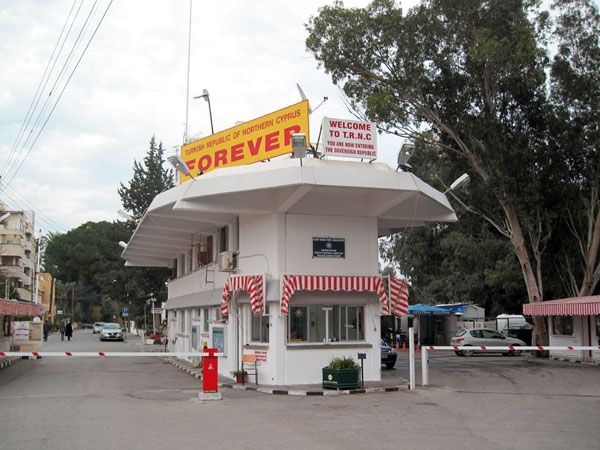
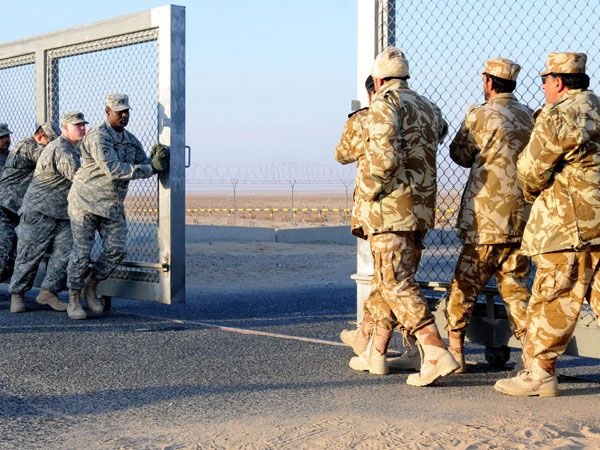
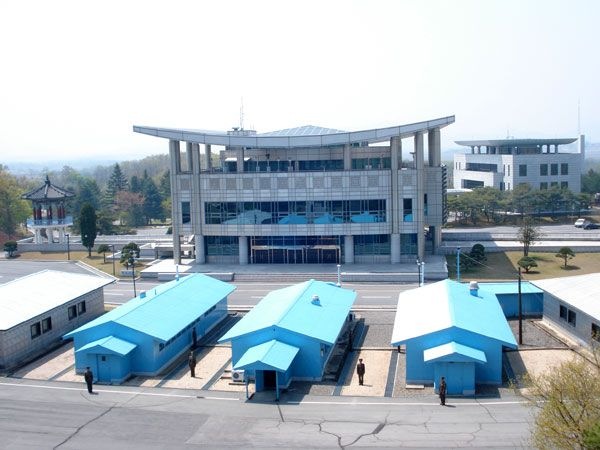

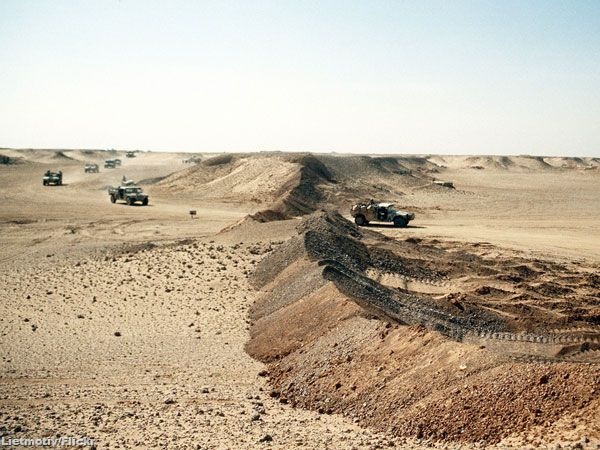
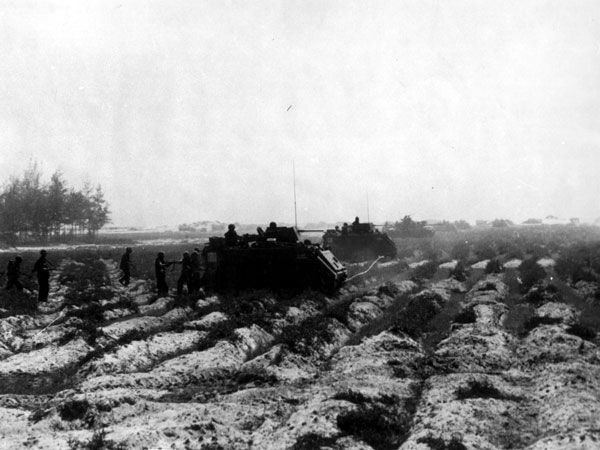
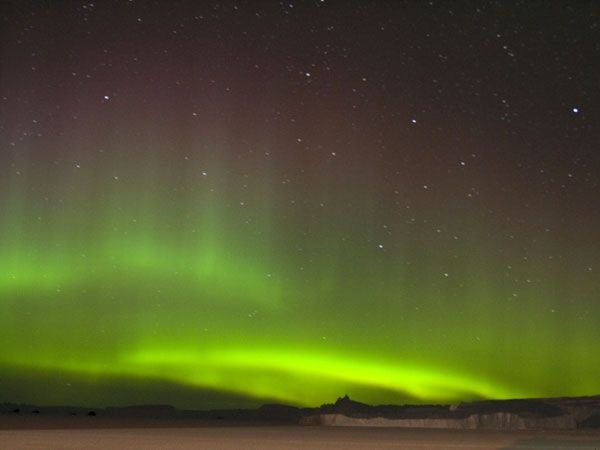
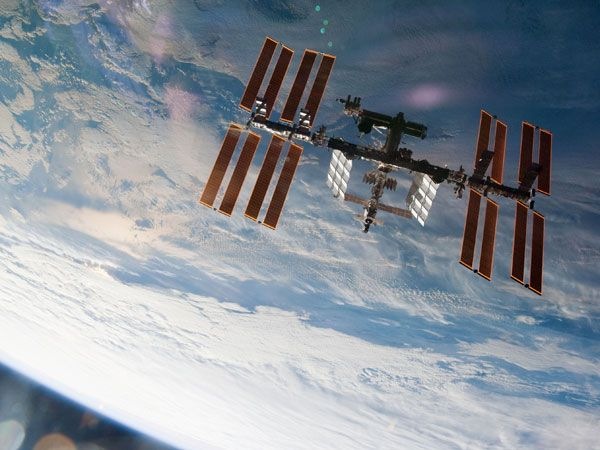
No comments:
Post a Comment
Please adhere to proper blog etiquette when posting your comments. This blog owner will exercise his absolution discretion in allowing or rejecting any comments that are deemed seditious, defamatory, libelous, racist, vulgar, insulting, and other remarks that exhibit similar characteristics. If you insist on using anonymous comments, please write your name or other IDs at the end of your message.